Transistors - The Most Important Invention of Modern Electronics
Think of all the things that make our lives awesome today. I mean it, just think of those things that make living on earth today so much more comfortable and exciting than it was in ancient times.
My bet is, of all the thoughts that came to your mind, Digital Computers and Smartphones would have been part of that list.
Did you know that, without this particular little component called the Transistor, none of these would have been possible today!
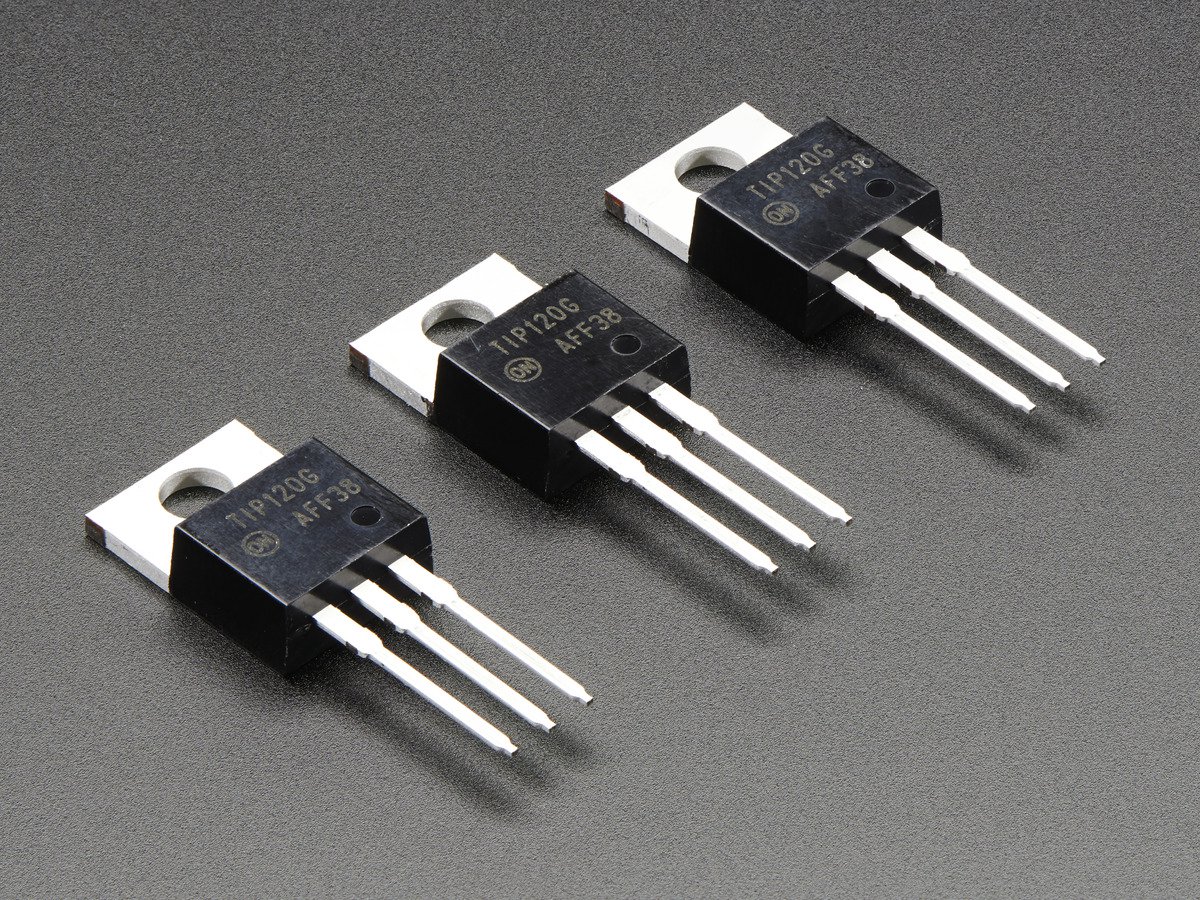
Transistors are the bedrock of Modern Electronics. They form an integral part of every digital device on the planet today. In fact, an average smartphone contains at least one billion transistors in it! Without the transistor, you wouldn't be reading this post on that sleek mobile device of yours nor would you be able to read it from your fancy Mac book pro. The highest possible chance is that you would be reading this from a giant structure filled with vacuum tubes like these one:
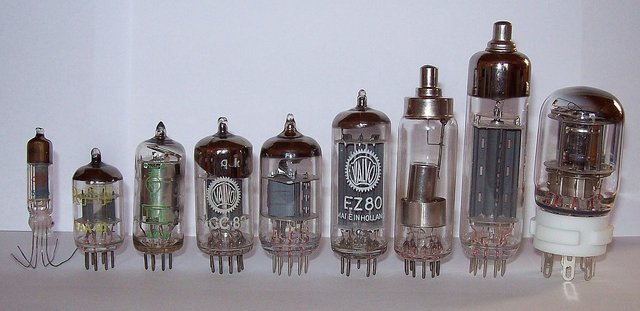
History of the Transistor
Before the invention of the transistor, vacuum tubes were the basic component for electronics throughout the first half of the twentieth century. Invented in 1904 by John Ambrose Fleming, they were used to control electric current between the anode and cathode electrodes in an evacuated glass container.
Current is passed through the cathode and as it begins to heat up, the electrons gain enough energy to be liberated, after which they become attracted to the positively charged anode. All of is facilitated by the vacuum in between them.
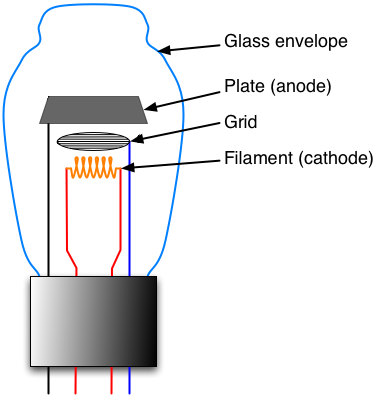
Depending on the voltage potential at the cathode filament, we observe a different reaction. If a positive voltage is applied across the grid, current will flow through the grid to the anode. However, if we place a negative voltage potential, the electrons from the cathode will be repelled and no current will flow.
This is the basic principle of a switch, and up until the invention of transistors, these vacuum tubes performed this function. However, it was too large and expensive. Also, so required way too much power in order to heat the cathode filament. The first electronic computer was built using vacuum tubes. It contained 17,500 vacuum tubes, weighed 30 tons and covered a full room!
Source: http://www.ushistory.org/oddities/eniac.htm
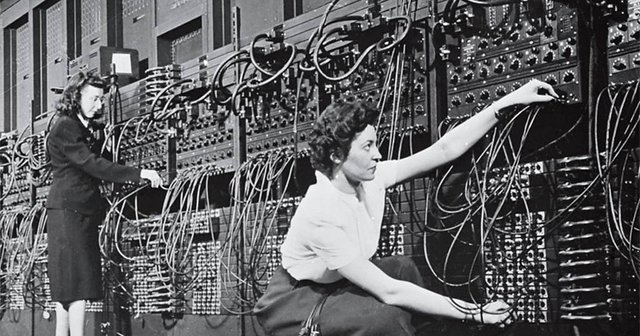
This computer was created to solve a trajectory calculations during the second world war, of which a tiny handy calculator today can easily calculate.
Later on, in 1947, the transistor was invented at Bell Labs by John Bardeen, Walter Brattain and William Shockley. It immediately proved to be far better than the vacuum tube. It was smaller, lightweight and rugged, it didn't require any form of heating and it required very little power.
Working Principles of the Transistor
The transistor is basically a three layer semiconductor device consisting of either two p-type layers and one n-type layer or two n-type layers and one p-type layer
But What Exactly are P-Type and N-Type Materials??
A Semiconductor is a material that has its conductivity level in between those of a conductor and an insulator. The most popular semiconductor used in the industry is "Silicon". This simple material has so much significance in the Industry that the infamous "Silicon valley was coined from it".
A semiconductor material can either be intrinsic or extrinsic.
An intrinsic semiconductor is one that is realtively pure, having been refined to remove all impurities.
An extrinsic semiconductor is one whose characteristics has been altered by the addition of impurity atoms in a process known as doping. An extrinsic semiconductor can either be P-type or N-type depending on the type of impurity atom that was added to it.
When an impurity with five valence electrons such as antimony and arsenic is used, then an N-type semiconductor results. This causes the material to have a free mobile electron.
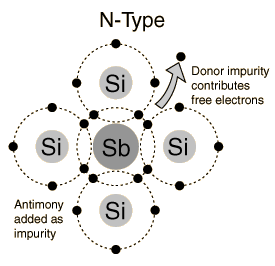
However, when the impurity has only three valence electrons such as boron and gallium, then a P-type semiconductor results. This causes a free unoccupied electron spot referred to as a hole.
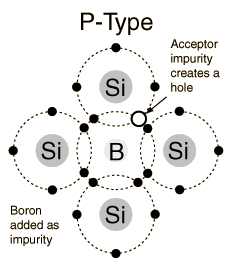
So how does this make any sense??
When you interface one type of doped material between another type, something interesting happens.
In the P-N junction, the electrons in the N-type material migrate towards the holes in the P-type material until there is a state of equilibrium. Thereafter, a boundary layer known as the depletion layer is created, preventing further passage of electrons from one material to the other.

However, to make things a little bit more interesting, lets apply a positive voltage through the P-type layer.
The holes in the P-type region, being positively charged, would be repelled by the positive terminal of the battery thereby pushing them towards the depletion region.
Likewise, the electrons in the N-type region will be repelled by the negative terminal of the battery, also pushing the electrons to towards the depletion region.
Consequently, we find that the depletion region shrinks. If the voltage from the battery source is above a certain threshold level, it causes the electrons to drift through the depletion region, and consequently, a current flows. This is known as Forward biasing
On the other hand, if the battery terminals were interchanged, and the negative terminal is now connected to the P-type region, the negative terminal of the battery attracts the holes in the P-type material, causing them to drift farther away from the depletion region.
Likewise, the positive terminal of the voltage source attracts the electrons in the N-type region and causes them to drift away from the depletion region.
As a result of these interactions, the depletion region area expands and consequently, no current flows through through the junction. This is known as Reverse biasing.
A transistor consists of two of these junction. Depending on the type of biasing on each of these junctions, the transistor can be configured to take several forms and perform different varied functions.
Can you already identify the similarity between the transistor and the vacuum tube?
Earlier on, I explained how the vacuum tube acts like a current switch depending on the voltage potential applied across it. Now we find the transistor performing the exact same function also, depending on the voltage potential across its layers.
If they perform the same thing, then why do we even need the transistor in the first place?
Importance of the Transistor
- As we earlier saw, the transistor can act as a current switch, depending on the type of input signal fed in. If a positive input is applied, then current flows and vice versa. Every digital device is based on this binary operation. Transistors are put together to make logic gates which enables computers make very simple decisions using a mathematical technique called Boolean algebra by comparing several input signals to give a desired output.
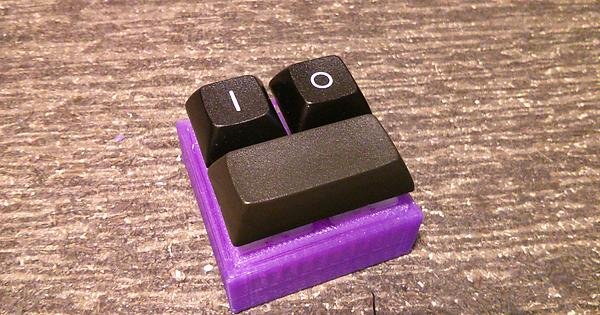
- Another important use of the transistor is Amplification. When properly set up, transistors can form an amplifier. They are the foundation of audio amplifiers, loud speakers, microphones, etc.
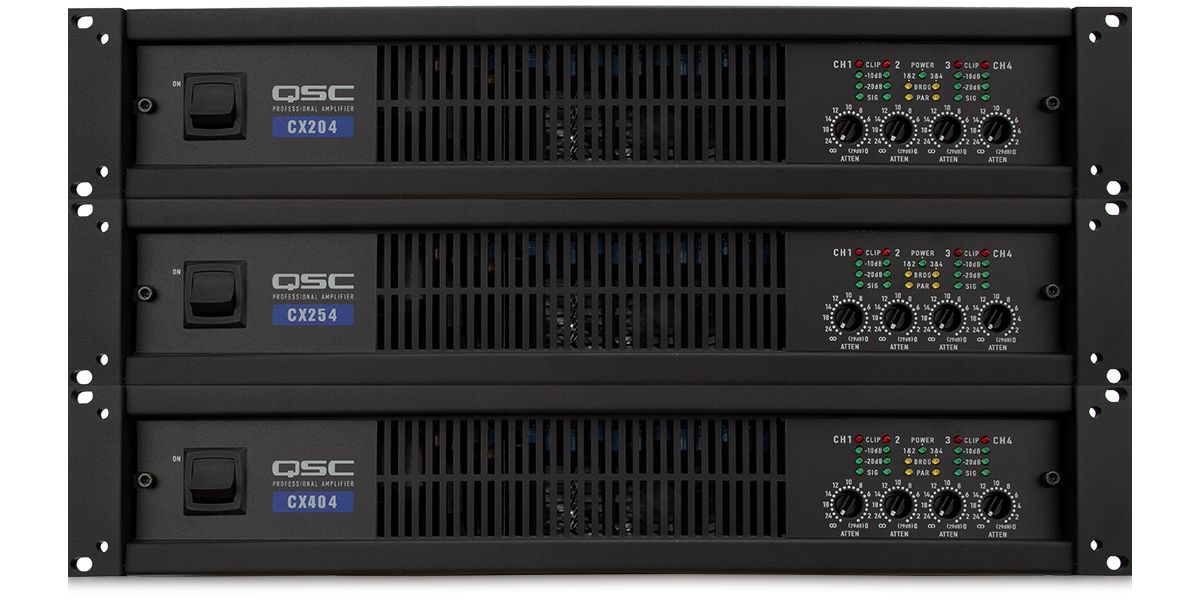
- Transistors have become a far better choice than the vacuum tubes because of their compact size. As most devices comprise of billions of transistors, more attention is given to the size of these devices. In nano electronics, these transistors are built to be extremely microscopic in order to fit right into the device in question, in their billions.

- Unlike Vacuum tubes, Transistors require very little power to function. Billions of them present in your smartphone, yet your 2000mAh battery can power the device. That tells you how efficient the transistor is. They are also rugged in the sense that they can withstand shock and vibrations.
Conclusion
In as much as we live in a world where science and technology has been made easy and swift, it is quite imperative to understand the basic underlying inventions that are powering these new innovations. Transistors are deemed the most important invention of the 20th Century. This isn't far fetched; They have paved the way for modern technology to soar. Without them, digitization would not have been possible at the scale it is today. Transistors are found in analog and digital devices such as computers and smartphones, switches, voltage regulators, inverters, micro-controllers, power amplifiers, airplanes, ignition systems, etc. They are technically everywhere that matters in technology today. Next time when you are asked a question on how a small sized device like the mobile phone performs such complex functions, you shouldn't think in the "magical direction", rather you should be able to identify the major player of its complex motherboard circuit to be the TRANSISTOR
This gem of a post was discovered by the OCD Team!
Reply to this comment if you accept, and are willing to let us share your gem of a post! By accepting this, you have a chance to receive extra rewards and one of your photos in this article may be used in our compilation post!
You can follow @ocd – learn more about the project and see other Gems! We strive for transparency.
If you would like to be resteemed by @ocd and reach a bigger audience, use the tag ocd-resteem. Three posts using this tag will be chosen each day by our curators to be RS. Good Luck!
@Ocd now has a witness, please vote for @ocd-witness to help support other undervalued authors!
Sure I would love it to be shared
Here you got mentioned: https://steemit.com/ocd/@ocd/ocd-daily-issue-181
If you would vote @ocd-witness as witness for thanking us for our work that would be aweasome.
Nice post ..... This just increase my understanding of electronics components .... all times when I work the the logic board of both smartphones and PC I have think of the importance of a transition . I thought it only functions as a switch . I think this info will help me solve problem more ... Thanks
I'm glad I could help
This is a great post. I think everyone forgets, that 21st century tech wouldn't exist without the pioneers of the 1960's and 70's.
Soft... Transistors are mighty helpful